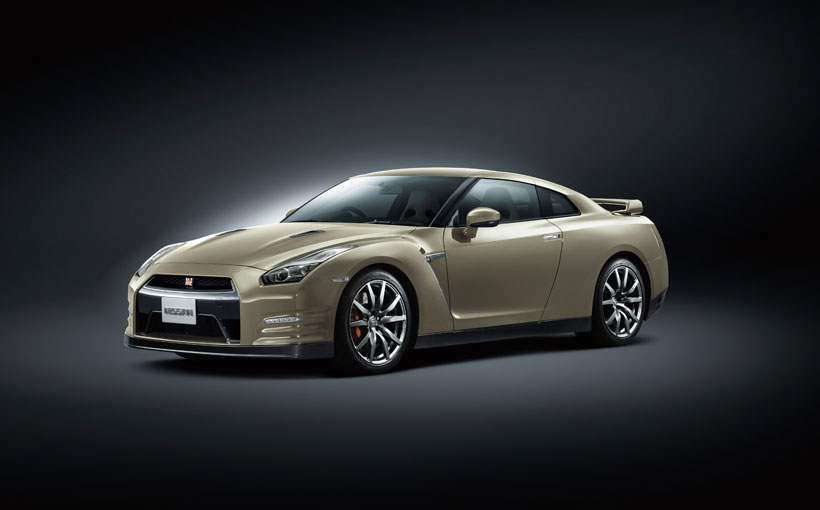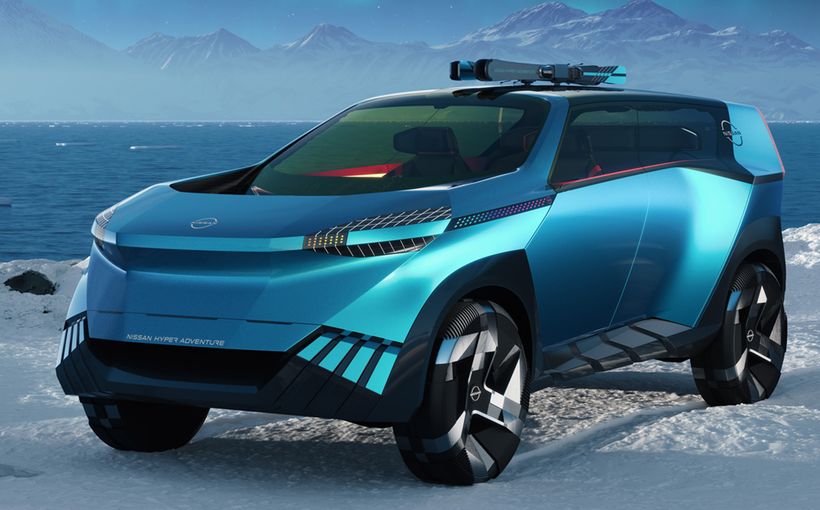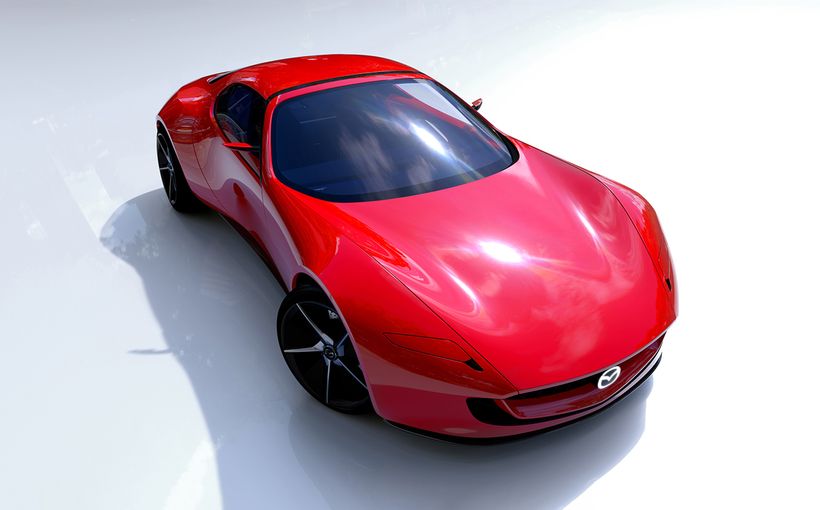Nissan releases seriously limited GT-R
HOW fit is this for a 45 year-old!
Nissan’s legendary GT-R has celebrated 45 years in existence with the release of the ‘45th Anniversary’ limited edition.
That’s the good news. The bad news for collectors of the Japanese supercar is that it is a Japanese domestic market only, and that – predictably enough – just 45 examples will be manufactured between now and when sales commence in February.

Befitting its role as a commemorative model, this rare bird will be painted a special colour dubbed ‘Silica Brass’ – a hue last seen on the previous generation R34 Skyline GT-R M-Spec from 2001 – and that was a Japan-only run as well. A plaque in the centre console and inside the engine bay are further tell-tales, although onlookers are unlikely to miss this shade of gold.
So, if you’re based in Japan and have a cool $110,560 lying around – a bargain compared to the GT-R’s Australian price of $172,000 plus on-road costs – then be quick when order-taking commences in January, because the 45th Anniversary edition will be sold on a first-come, first-serve basis.
It joins the visceral GT-R Nismo and GT-R Track Edition racer as variants we’ll never probably see in the R35 generation supercar. Oh well. At least local fans of Nissan’s Godzilla will be able to enjoy the MY15 upgrades that go a long way in making the icon that little bit plusher and quieter to travel in – relatively speaking, of course.

Out in January, the headline changes are modifications to improve the GT-R’s less-than-merciful ride comfort.
Employing new shock absorbers and other damper-related items, as well as revised tyres boasting better materials and a redesigned inner structure that’s been created to ensure best-possible straight-line and rough-road stability, the company is also claiming that the supercar now offers improved stability performance, since the driver is now better able to execute a cornering line.

“The modifications reduce the amount of steering corrections necessary on rough roads, adding a further sense of security in less than ideal driving conditions,” according to the Nissan media statement.
Quieter operating brakes with improved stopping performance, backed up by modifications in order to address noise, vibration and harshness issues, further add enjoyment and refinement for MY15 GT-R owners.

The steps to quell the latter have included reduced rear-wheel drive backlash, while at the other end of the car the steering system’s dampers have been altered to stop any forces coming through to the wheel during idle.
Also on hushing noise paths, a new flywheel housing bearing has been fitted, and the carpet now features thicker carpet material that is meant to significantly smother any potential noises (including the wrong type of exhaust resonance) entering the cabin from behind.

Nissan engineers reckon the MY15 changes turn the GT-R into a “more civilised” grand tourer, with the improvement to ride quality immediately noticeable to people familiar with the earlier iterations.
Previous engineering mods have been carried out in order to further the sportscar’s racing handling capabilities within a racetrack environment, but now greater focus has been on bettering the “grand tourer” element.
Released in 2009 after a global unveiling at (and several concepts leading up to) the 2007 Tokyo Motor Show, all Australian GT-R deliveries have been powered by a 404kW/628Nm 3.8-litre turbocharged V6.

Three versions have been available thus far, kicking off with the $172,000 Black, followed by the $177,000 Luxury, and topping out with the $182,500 Black Edition.
Around 60 would have found homes in Australia by the end of 2014, a slight drop from 64 sold the year before, which was down from 2012’s 77 sales. In fact, the biggest year for buyers was in 2009, when 238 GT-Rs were signed up.
Standing for Grand Turismo – Racer, Nissan first marketed a GT-R as part of the Datsun Skyline range between 1969 and 1973, with the series only really gaining international traction following the R32 GT-R of 1989. A limited number were imported to Australia in 1991, with the car winning the Australian Touring Car Championship from 1990 to 1992.

Since then there has been the R33 (1995) and R34 (1999) editions. The Skyline connection with GT-R ceased in 2002.
Skyline was one of the key models of the Prince Motor Company – a relative minnow car manufacturer that was merged with Nissan in 1966.
Byron Mathioudakis goauto.com.au
Protect your Nissan. Call Shannons Insurance on 13 46 46 to get a quote today.









